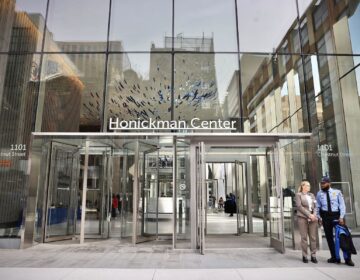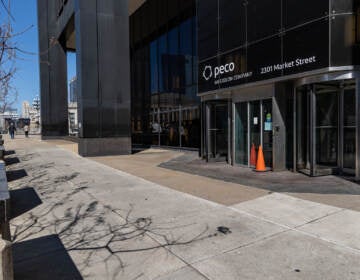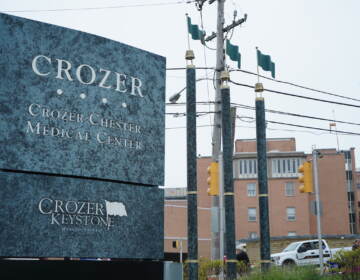From Philly and the Pa. suburbs to South Jersey and Delaware, what would you like WHYY News to cover? Let us know!
When Natasha Black is not working part-time at a ceramic studio, she loves songwriting, fashion design and braiding hair.
She also likes people to know that she’s autistic.
“I have autism, so I’m autistic,” she said. “When people ask, ‘Do you have autism?’ I don’t mind that, because I like to let them get to know me.”
Black was diagnosed with autism spectrum disorder when she was 11 years old, when she didn’t always understand her behaviors and reactions.
Now at 29, she can still get overwhelmed by interacting with other people, but has tools and strategies to help keep herself calm.
However, Black said she can still feel anxious, unseen and misunderstood when she’s in busy and noisy health care waiting rooms and offices.
“What makes me frustrated is when people have miscommunication,” she said. “Not just that, [but] when people can’t hear me when I’m talking to them, when people don’t get me clear.”
Many buildings and spaces are designed with the average person in mind in terms of intelligence and behavior — people who are considered neurotypical.
But an estimated 15–20% of the global population are neurodivergent, meaning they have diagnoses like autism, ADHD, dyslexia and other types of intellectual or developmental challenges.
They experience the world differently, but too often, the world is not built with them in mind. So, when Jefferson Health was building its new Honickman Center specialty pavilion in Philadelphia, physicians and designers got together to create a more inclusive, neurodiverse health care environment that they hope will serve as a model for others.
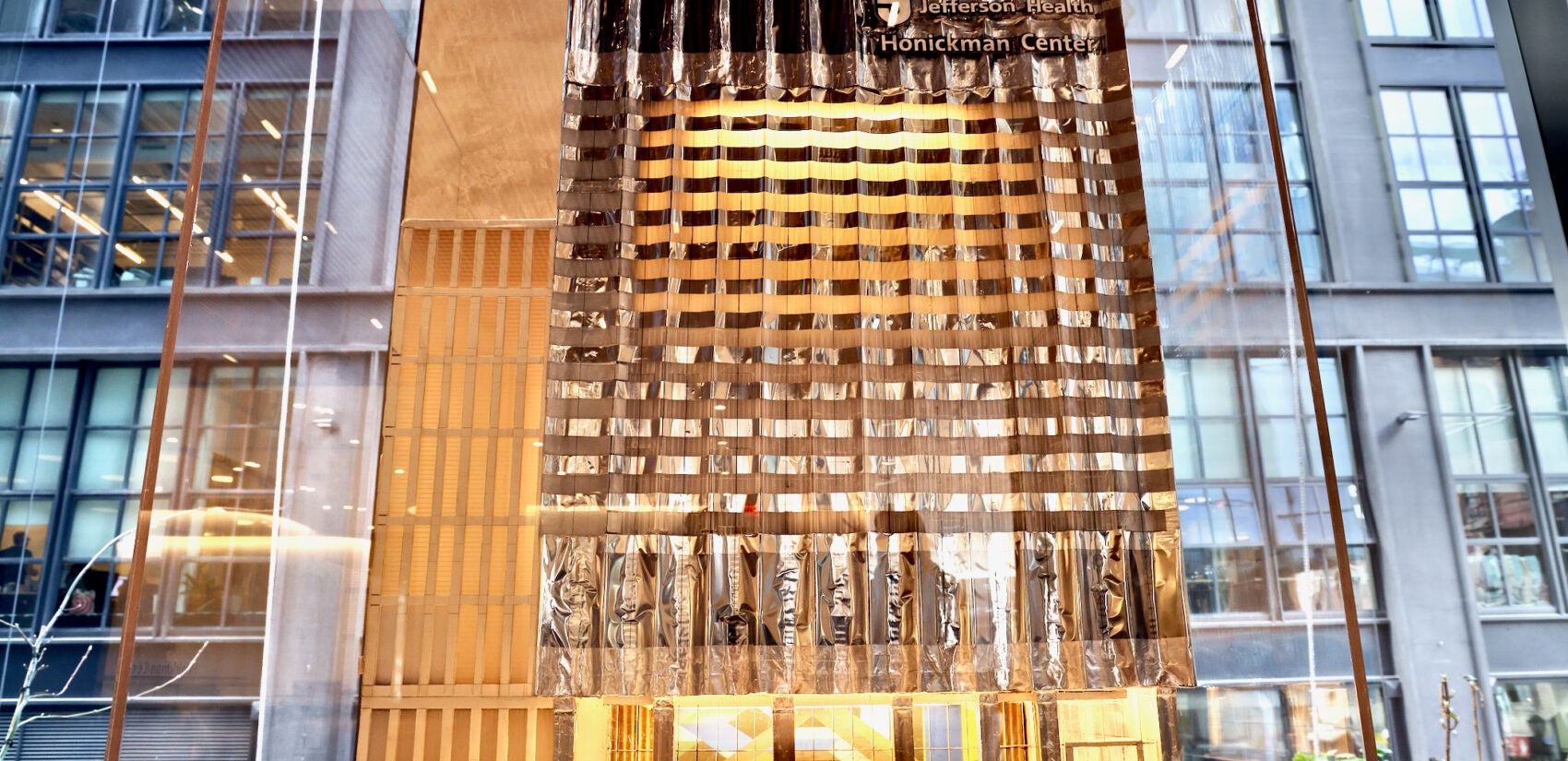
“I feel like the world is changing so quickly and the skills and strategies and sensitivity that we provide to benefit this population really is helpful for everyone,” said Dr. Wendy Ross, director of the Jefferson Center for Autism and Neurodiversity.
Ross and her colleagues spearheaded a project to gather input and feedback from neurodivergent people like Black on what they would like to see in a health care environment.
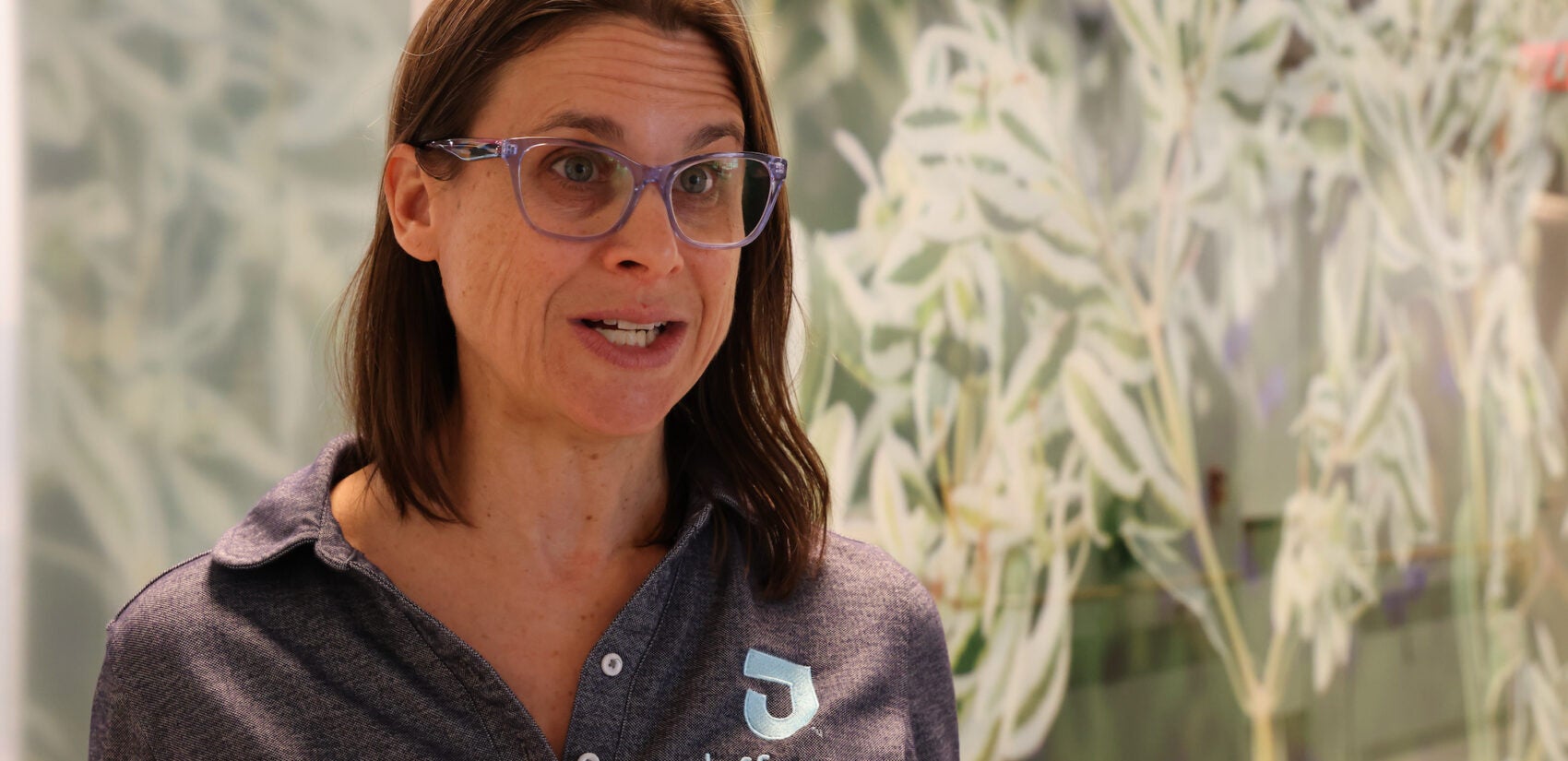
And now some of those ideas have come to life in the sleek, new center.
Accommodating sensitivities
The 19-story health care pavilion is home to specialty services like gastroenterology, cardiology, oncology, neurology and more.
At a table near the entrance, Ross has filled black drawstring bags with noise-reduction headphones, sunglasses and fidget toys.
“When someone is neurodiverse or autistic, they can be very sensitive to the sensory environment around them,” she said. “So, unexpected noises, lights, sounds at a certain frequency can be extremely dysregulating.”
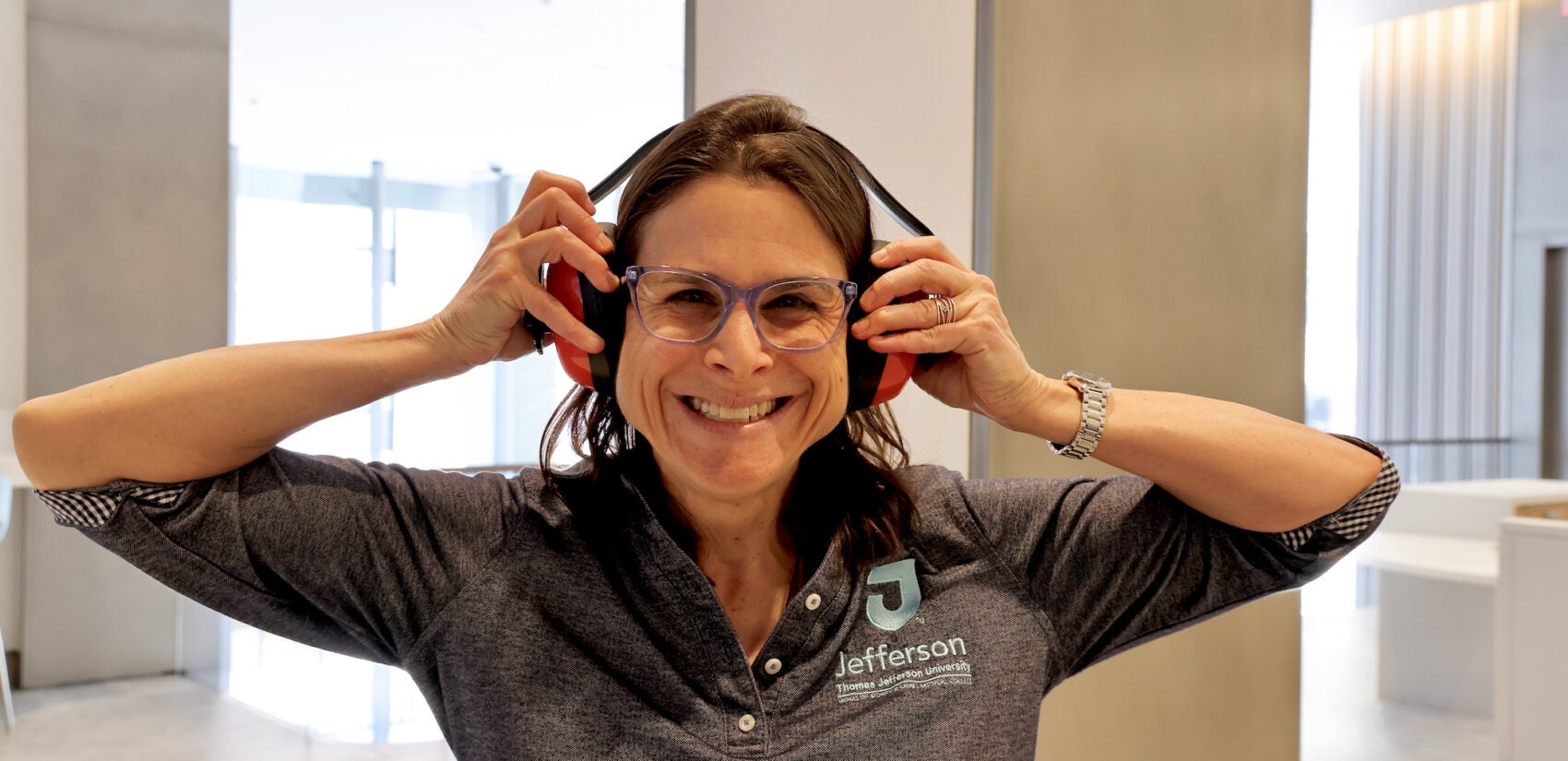
Some people may have self-stimulatory behaviors, or an increased need to touch, move or seek out other stimuli, Ross said, “and that’s why the bag has fidgets.”
These sensory bags will be distributed to anyone who wants and needs them during their appointment at the center.
On the second floor, there is a large waiting area with different styles of chairs, couches and booths. It looks more like a hotel lobby than a medical facility.
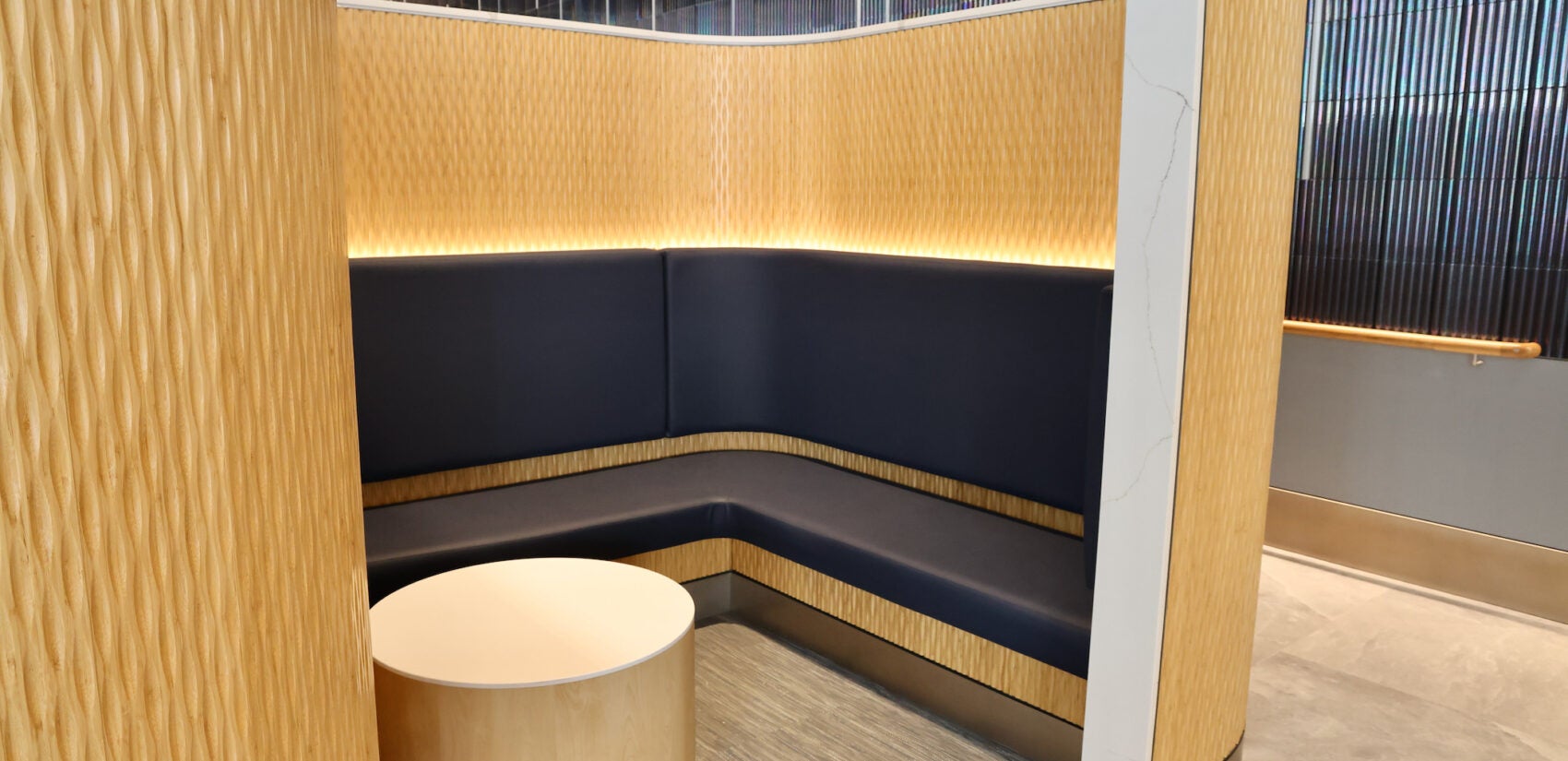
Along the perimeter of the room are several powder blue chairs. They look a bit like first-class plane seats that offer extra privacy screens around a person’s face and head when they sit.
“You could see how somebody who’s coming in, who’s early for their visit, could easily sit here and be comfortable doing some work in it, as opposed to there where you’re out in the open,” Ross said as she pointed to the middle of the room. “You don’t feel as out in the open from an auditory and visual perspective.”
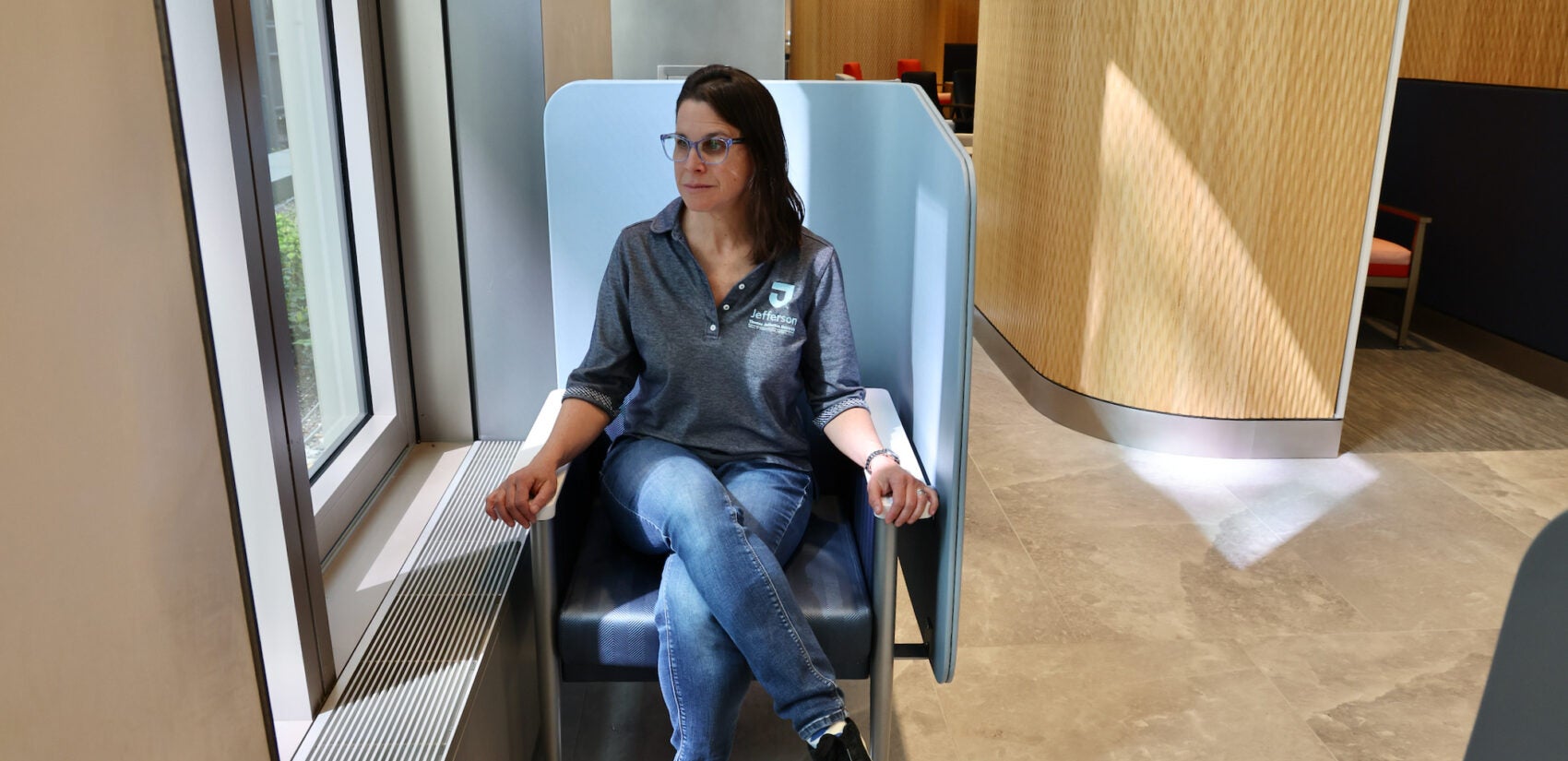
These chairs were one of the main neurodiverse-friendly features to come out of Ross’ project. They are upholstered in a vinyl material with a herringbone pattern. The white armrests are about double the width of an average chair, and there are raised dots where a person’s hands may rest — or fidget and explore.
Trial and error
Coming up with the final version of the chair involved a lot of trial and error. Earlier iterations included a sliding cushion seat that could move back and forth.
Rob Melville, an assistant professor of design at Thomas Jefferson University’s Kanbar College of Design, Engineering and Commerce, said the research showed people might like to move or fidget.
“But we prototyped it and when people sat on it, it suddenly slid,” he said. “A look of complete shock and horror came over their faces and we realized this is not going to relax anyone; it may actually stress people out more.”
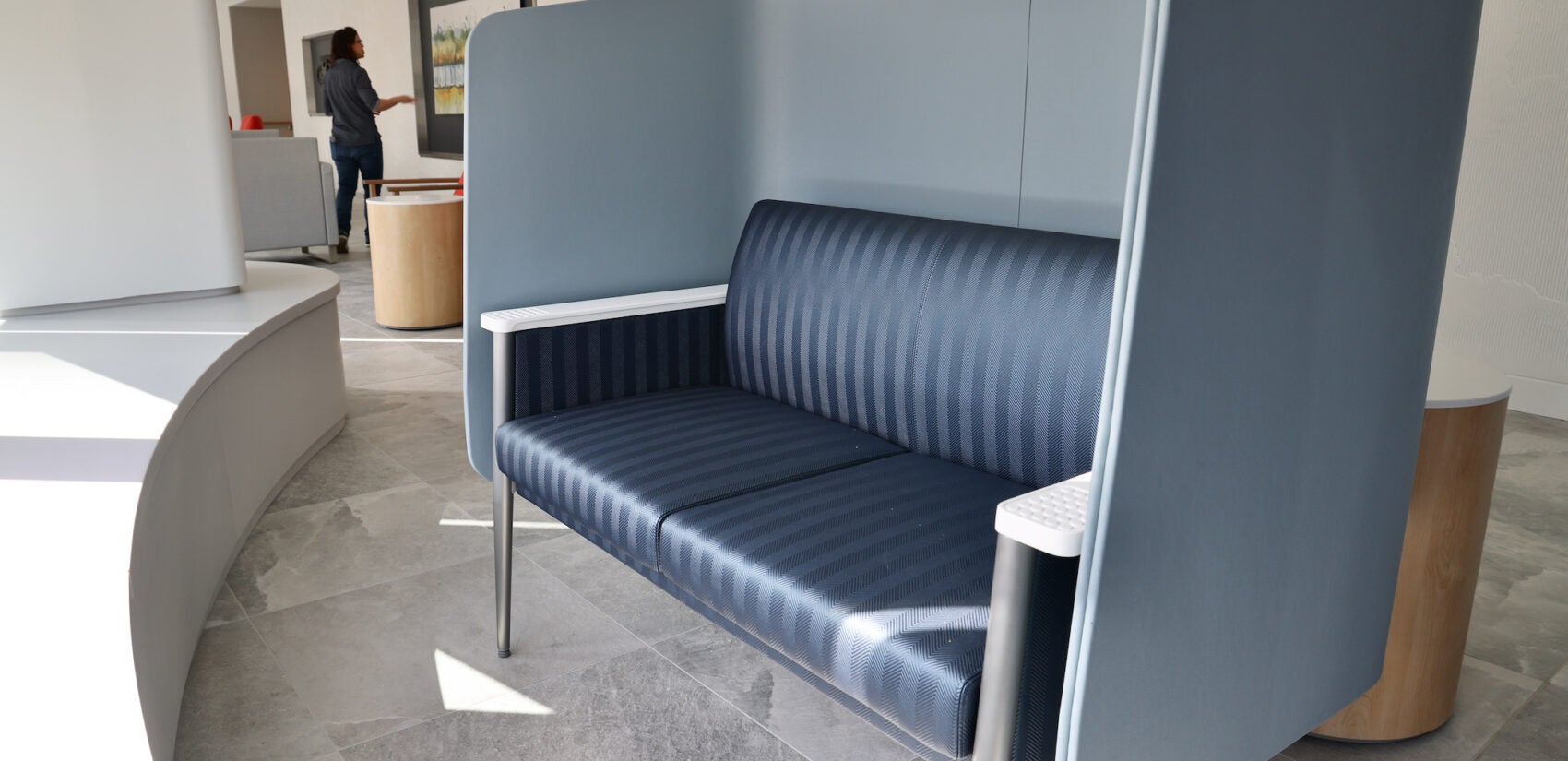
Melville led a group of students in designing the chair in collaboration with the health care system.
The design team worked off an existing style of chair made by furniture brand MillerKnoll. To modify it, the team at Jefferson used cardboard and other materials to create mock-ups of a new design.
Industrial design student Elijah Jones said the team really had to think differently about how to create something that could accommodate a range of different neurodivergent sensitivities and challenges.
“Not everybody on the neurodiverse spectrum is the same, so we had to have our design be as inclusive as possible,” Jones said.
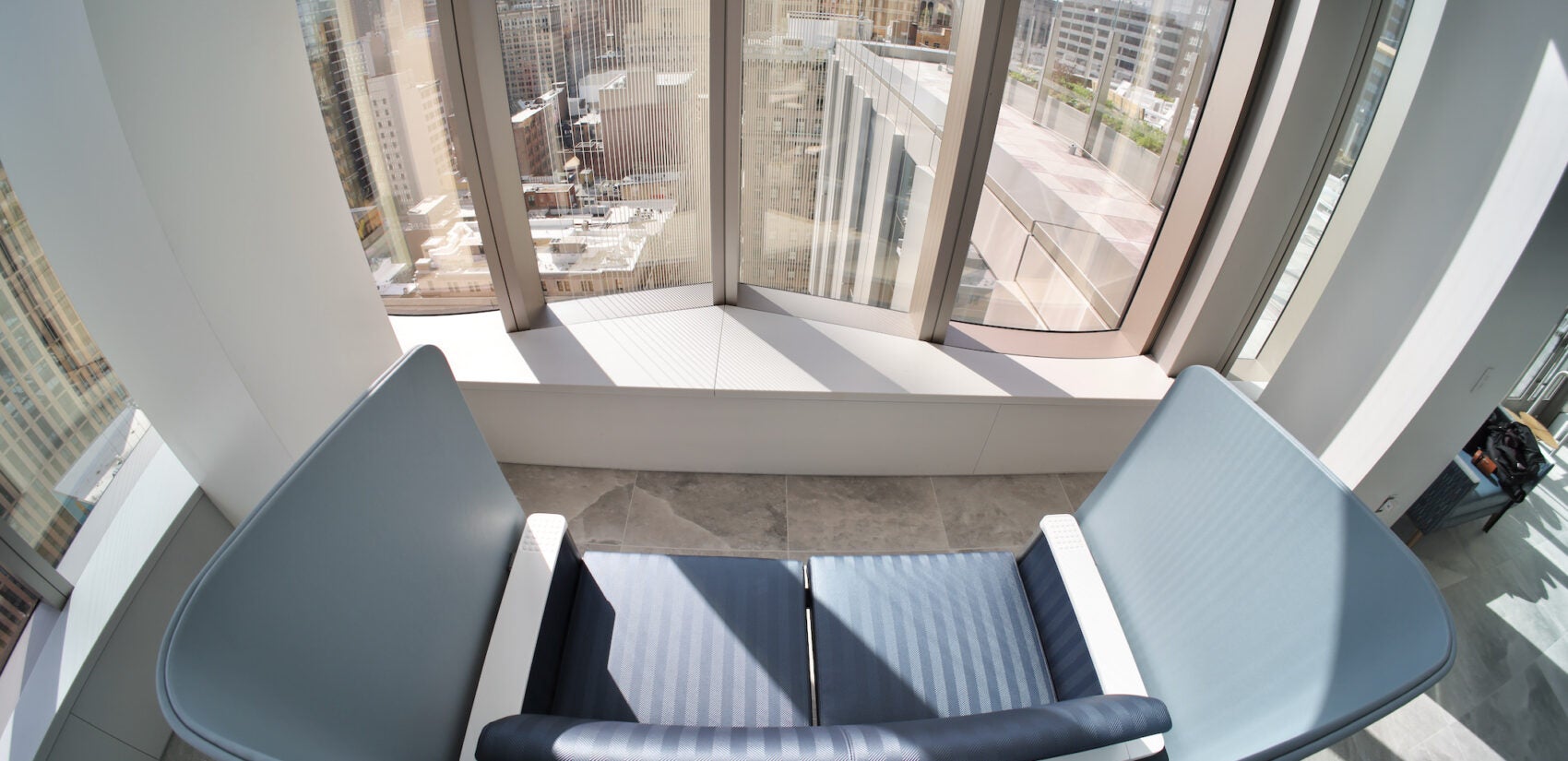
Clients and their families or caregivers gave feedback on everything from fabrics, textures, colors, functionality and other details that went into the chair.
Ross also collected input from people with limited language or communication abilities.
“And the way we did that was to have them sit in the chair, we still asked questions, but we videotaped and coded their behaviors,” she said.
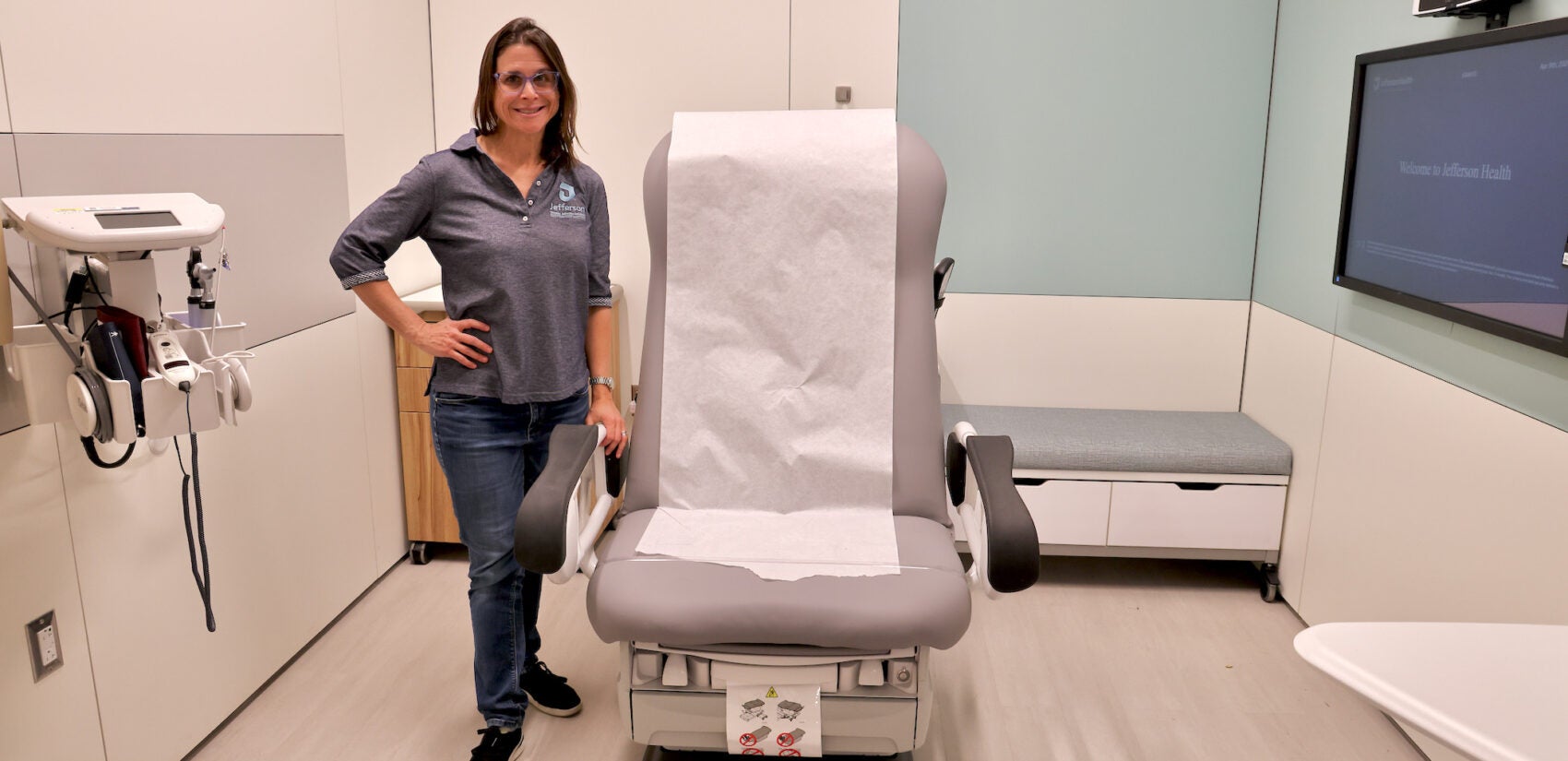
The entire project was a true collaboration of health care and design, Melville said, and perhaps a model for future collaboration. He sees the design industry as a whole moving toward inclusiveness when it comes to the built environment.
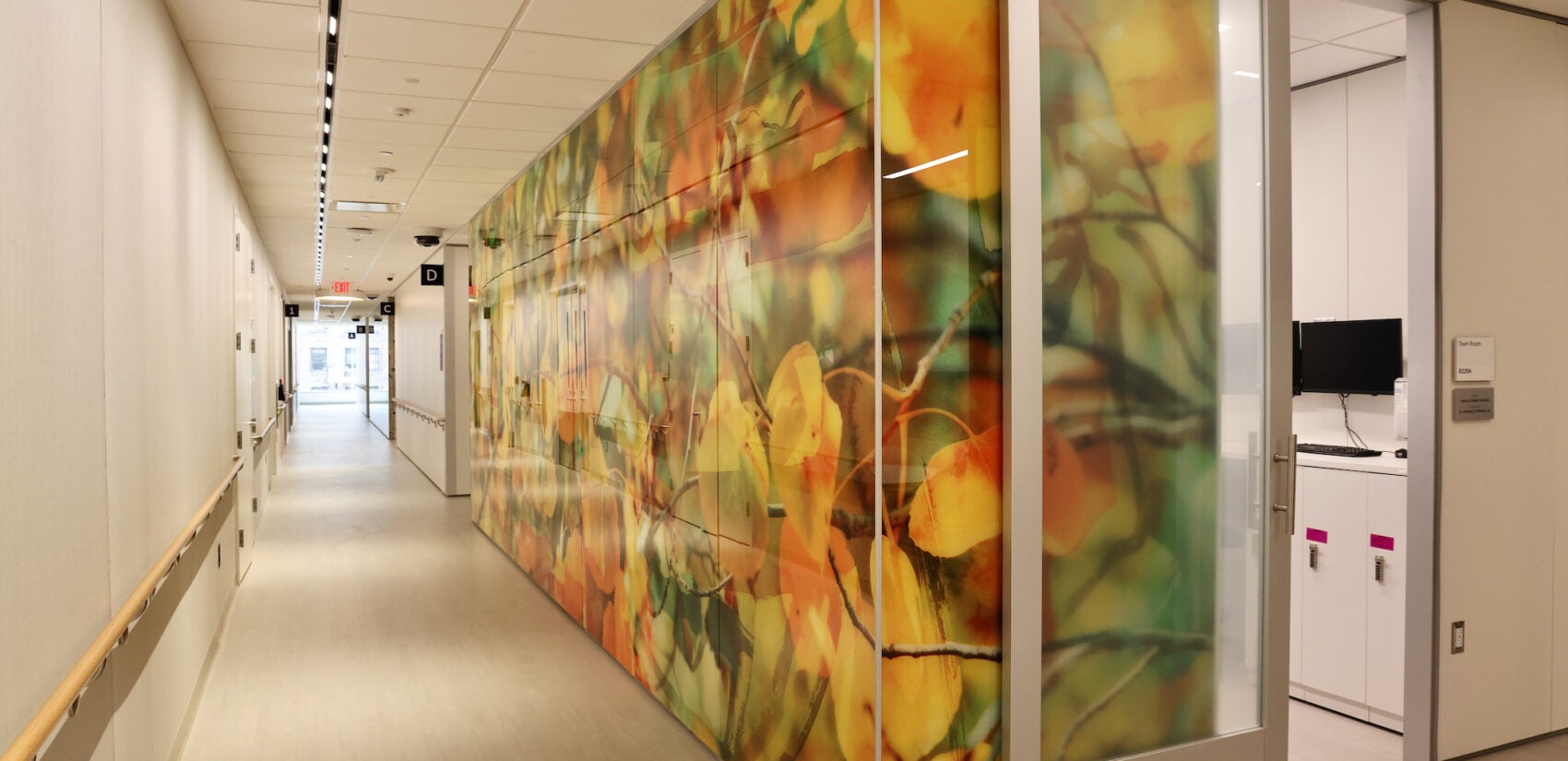
“Particularly how we design buildings like schools and hospitals and those sort of market areas, we absolutely have to start addressing a much wider group and thinking about everyone’s needs, because it benefits all of us,” Melville said.
A model for building neurodiverse spaces
The outcomes of the project don’t just include the custom-made chairs and sensory bags. Several bathrooms include adult changing tables, and some art installations are meant to engage and calm people.
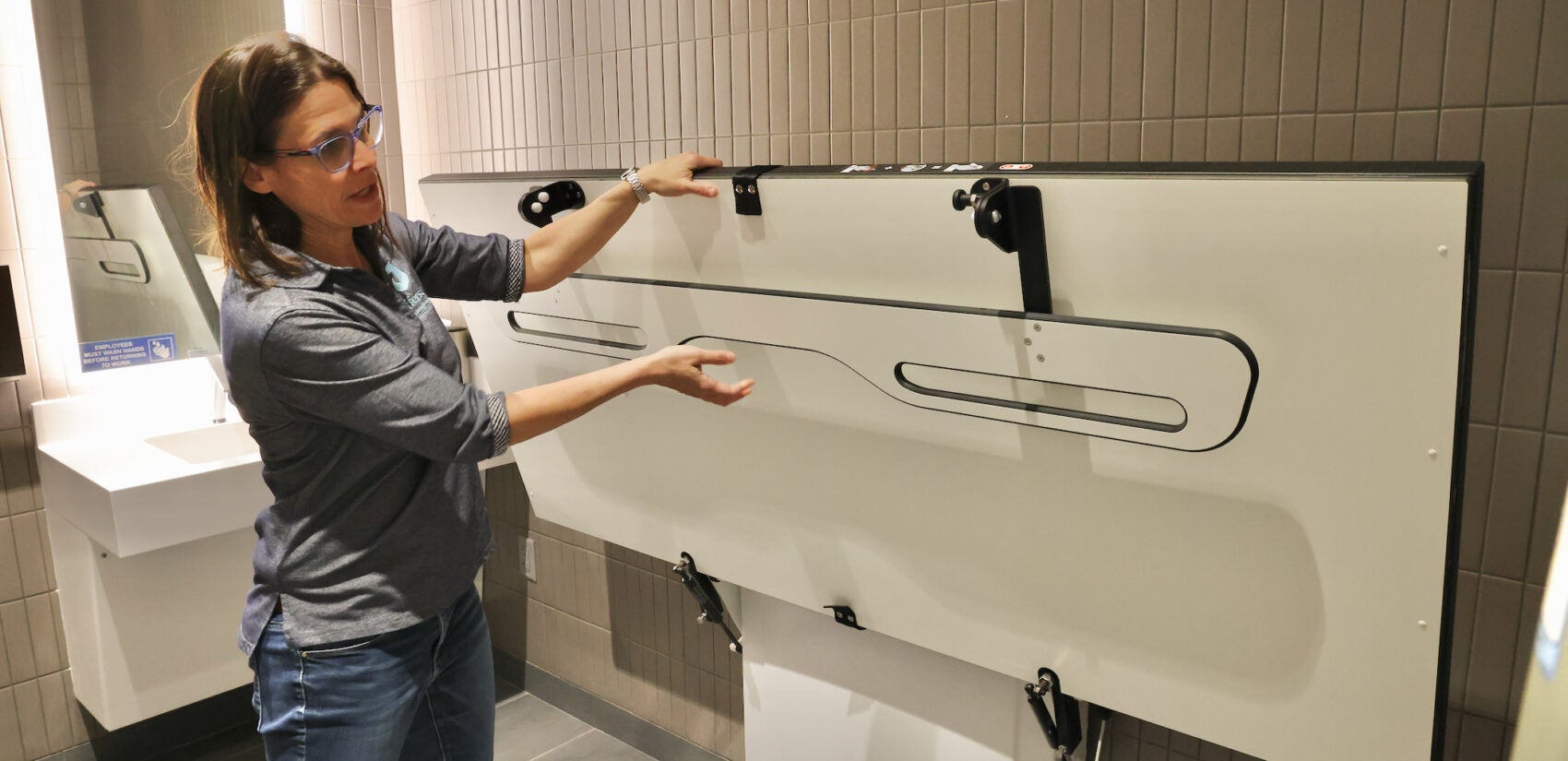
On upper floors of the building, the white walls are textured with long, wavy lines and grooves, like ripples in sand at the beach. Ross said these textures were also carefully chosen with feedback from listening groups on how it looked and felt.
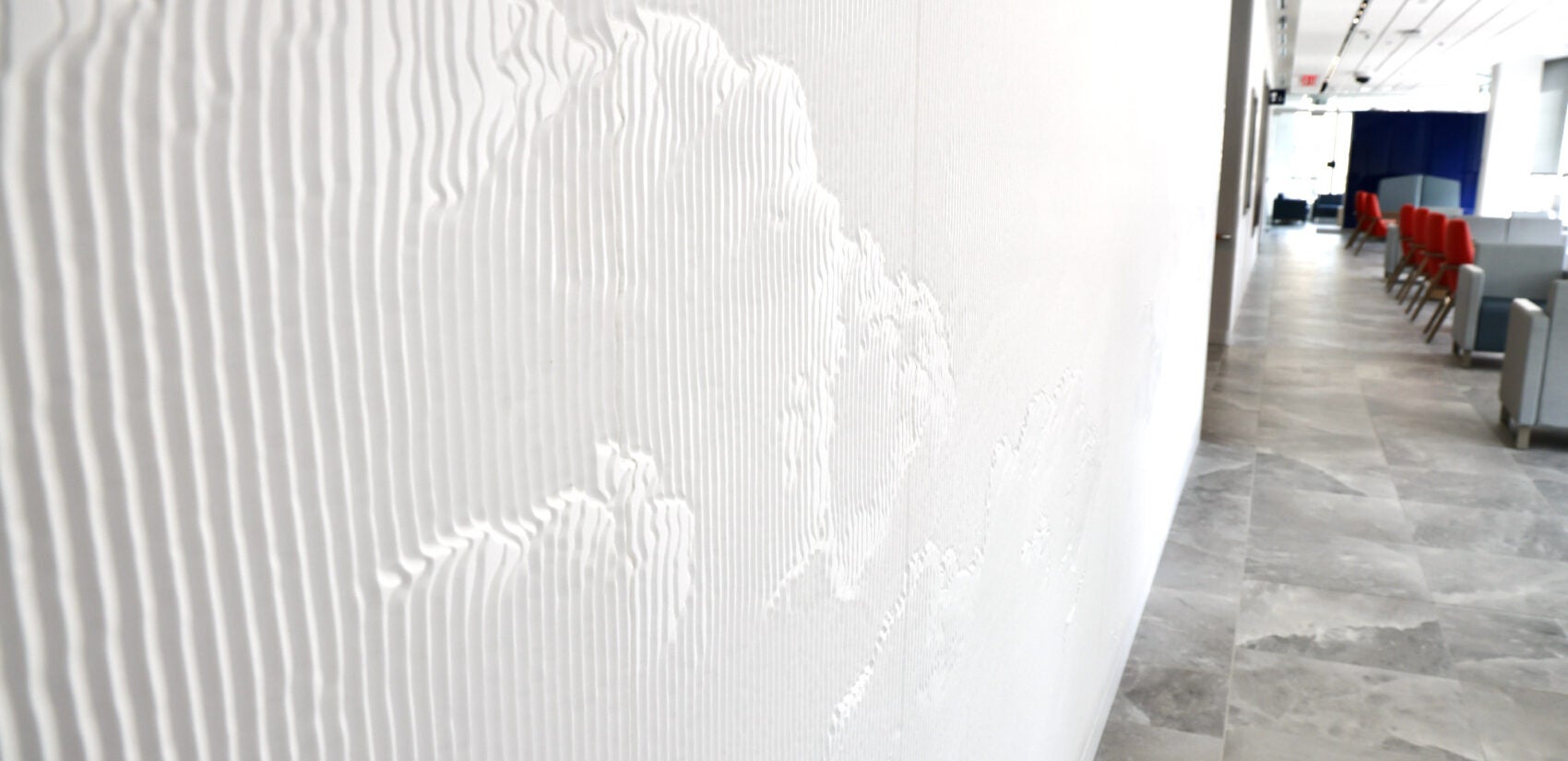
Ross said this project and collaboration won’t address every need or solve for every missing piece to building an inclusive environment. But said she hopes it’s a good place to start when it comes to creating more spaces for both neurotypical and neurodivergent people.
“Our vision is really to start asking different questions differently, to pilot different things and then hopefully to collect outcome measures that will drive policy that will make the world a more accessible, available place,” she said. “We aspire to have a place of belonging.”
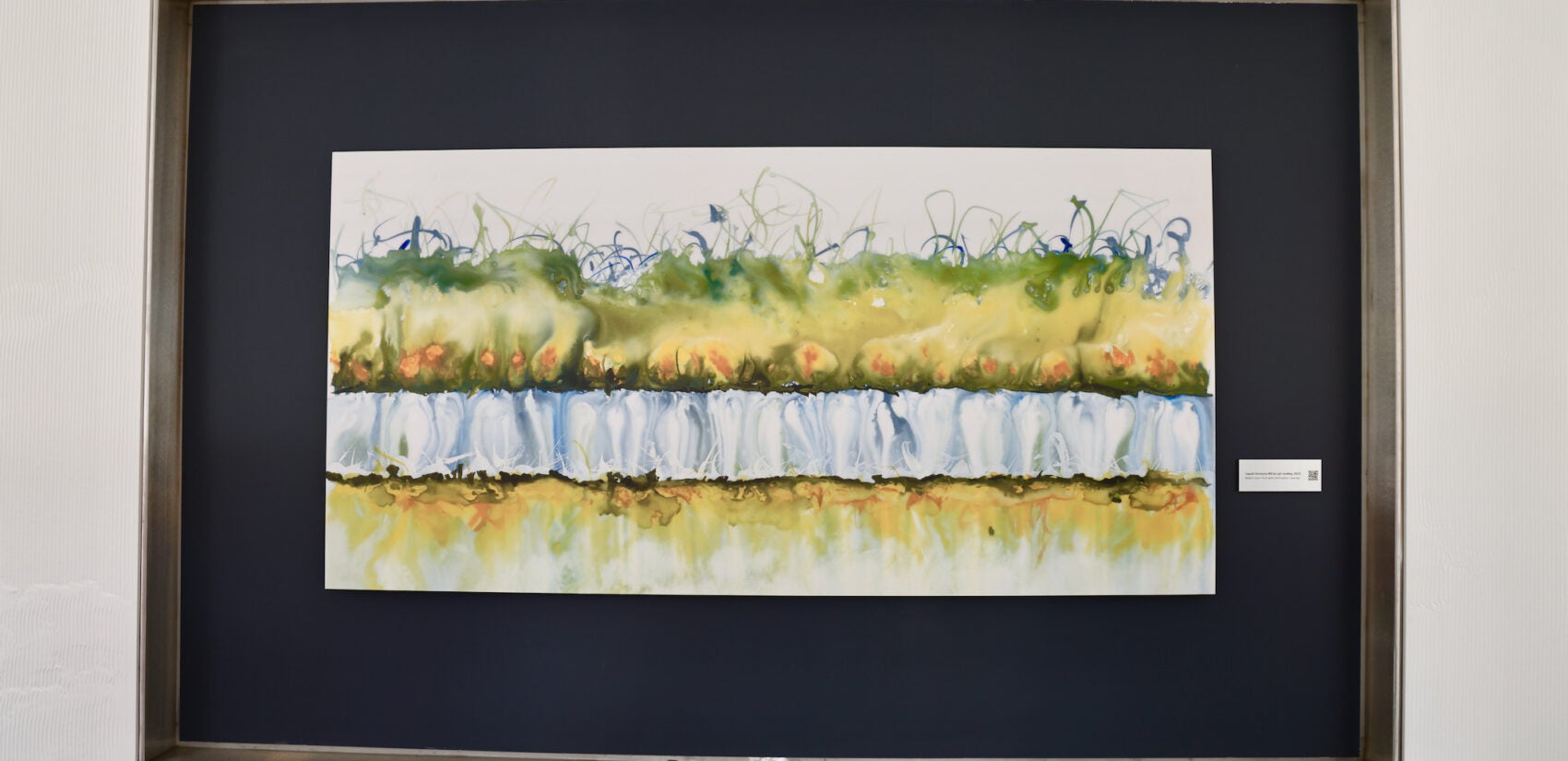

Saturdays just got more interesting.
WHYY is your source for fact-based, in-depth journalism and information. As a nonprofit organization, we rely on financial support from readers like you. Please give today.


